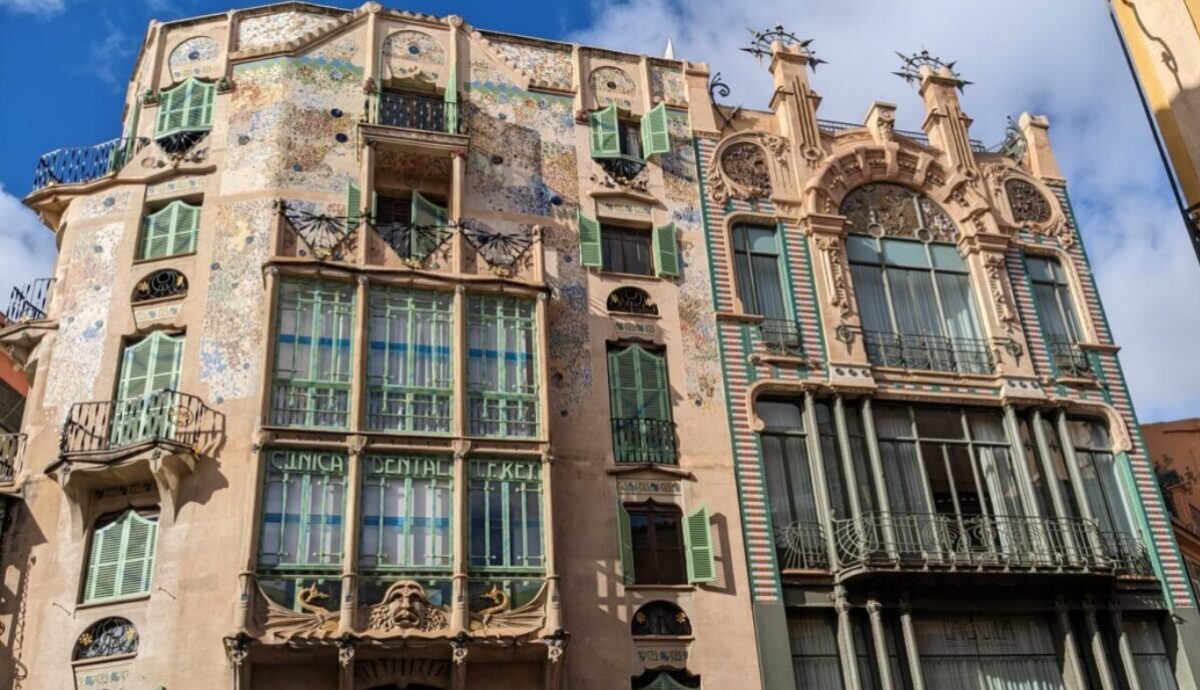My research question is How does exposure to biophilic design elements such as greenery, natural light, and views of nature impact our health and productivity? This topic interests me because I am in the construction and architecture field and design is something that is very interesting to me. When I design and construct built environments in the future, I would love to incorporate biophilic design. I already know that biophilic design is a concept used in the building industry to connect occupants to the natural environment. This is done by implementig designs such as a lot of natural light and greenery. Some points that I plan to explore and find out more about are about the impact this design type has on humans. How does it increase productivity and human health?
Source Entry 2:
Part 1: MLA Citation
Shao, E. (2021, May 10). Opinion: Building with a love of life. The Stanford Daily. https://stanforddaily.com/2021/05/09/opinion-building-with-a-love-of-life/
Part 2: Summary
In the opinion piece “Building With a Love of Life” Elena Shao argues that incorporating biophilic design principles into built environments can create a deeper connection between humans and nature. She tells us Biophilic design is derived from the term Biophilia, meaning “love of life”. According to Shao, biophilic design seeks to blur the boundaries between indoor and outdoor spaces by integrating natural elements into our built environment. This approach aims to improve human well-being by tapping into our innate affinity for nature. Shao outlines various strategies for implementing biophilic design, such as using local materials, maximizing natural light and ventilation, and creating green spaces within urban areas. She suggests that these strategies not only enhance human comfort and health but also contribute to sustainability efforts by reducing energy consumption and promoting a greater appreciation for the natural world. Shao encourages her audience to connect more with nature and we can do this by implementing biophilic design. In conclusion, Shao proposes that embracing biophilic design principles can lead to more harmonious and sustainable human-nature interactions in our everyday spaces.
Part 3: Rhetorical Analysis
The Op-ed “Building With a Love of Life” was authored by Elena Shao. Elena Shao is a Managing Editor for News at The Daily and is studying political science. The Daily is a newspaper or publication affiliated with Stanford University. The primary audience for this text appears to be individuals interested in architecture, environmental sustainability, and urban planning. Although, the audience could be the general public since this is something we are all affected by. The author may be ignoring audiences less interested in sustainability or those resistant to incorporating nature into built environments. The occasion for creating this text seems to be a reflection on the importance of integrating biophilic design principles into built environments. The purpose of the text is to advocate for the adoption of biophilic design principles in built environments in order to strengthen human-nature connections, improving well-being, and addressing environmental challenges. The genre of this text is an opinion piece. The tone of the text is informative and persuasive. Shao appeals to logos by referring to experts such as Dr. Stephen R. Kellert. She appeals to pathos by using compelling language and relatable points about how humans spend too much time indoors and explaining the effects it has on our health. Lastly, she appeals to ethos by providing credibility as a Managing Editor for News and a student of political science. This opinion piece was published in 2021. She mentions covid in her piece as a way to strengthen her point. Her message is that biophilic design is important to create a connection between us and nature. She feels strongly about this because she knows the benefits we would experience if we did implement biophilic design into our environment.
Part 4: Notable Quotes
“We can start by reconceiving our built environment so that it doesn’t “other” nature.” (Shao para 4).
“Nature isn’t something that needs to be saved from the human touch. We can let our guard down and so can the environment we inhabit. The Earth is fragile, but we are capable of a gentle love.” (Shao para 9).
“…lending some permanence to newfound human-nature connections will not only improve our lived experiences but also help remedy the climate crisis.” (Shao para 3).



